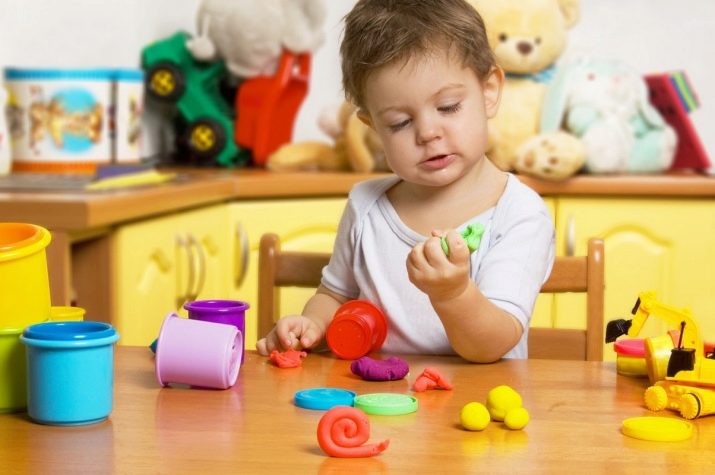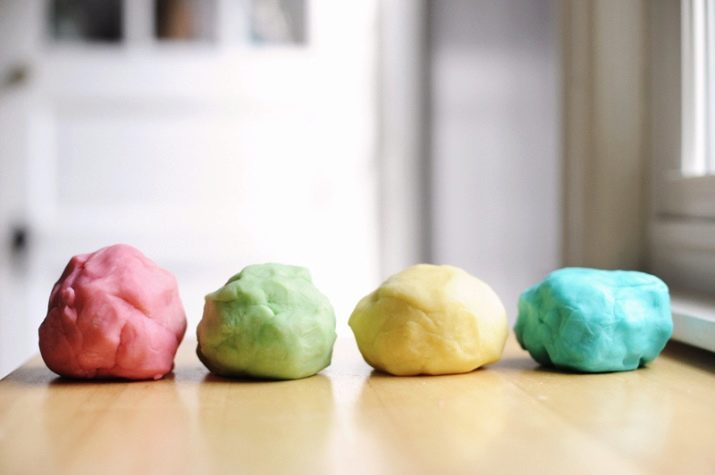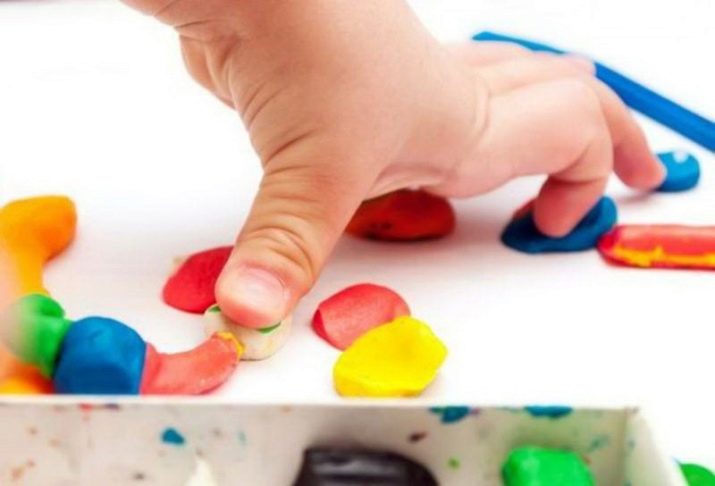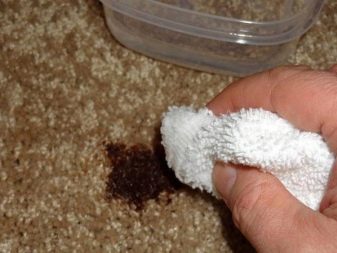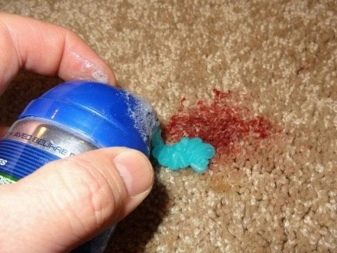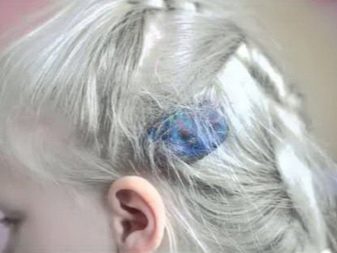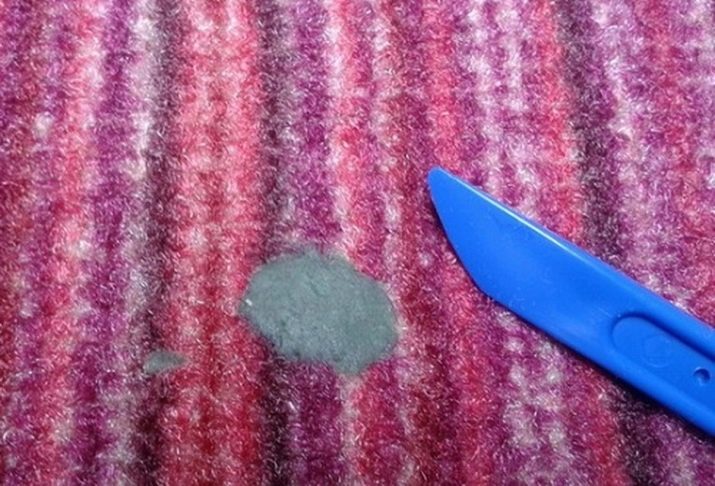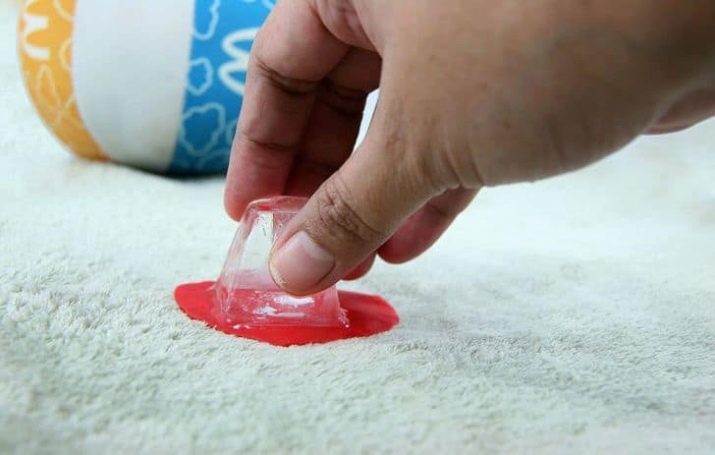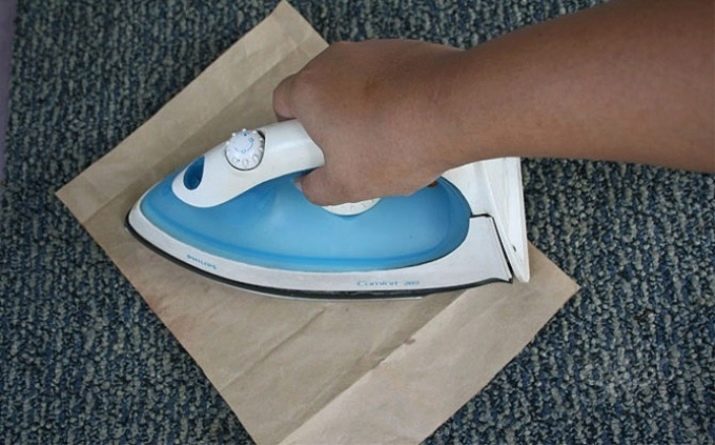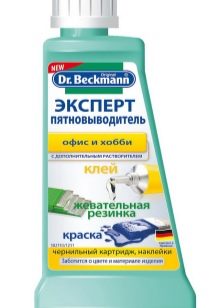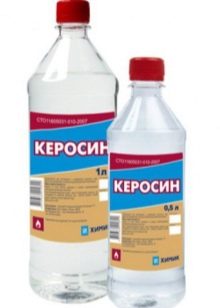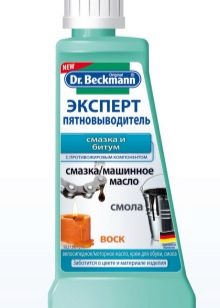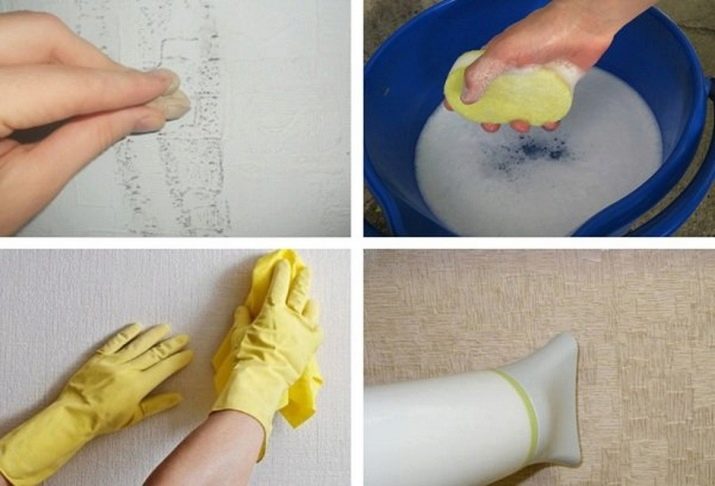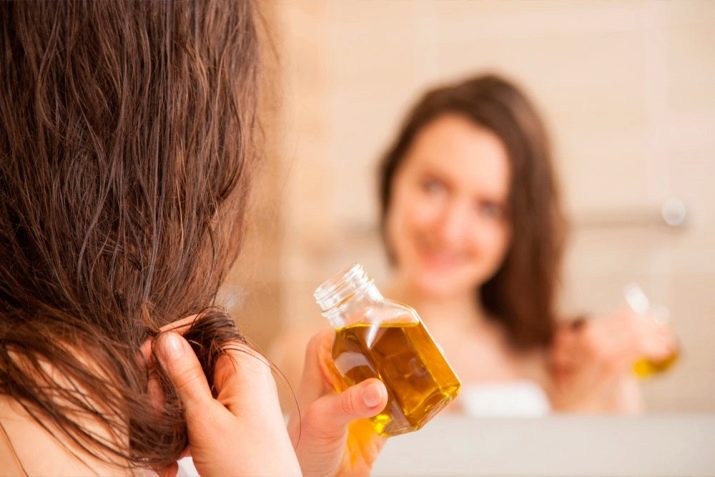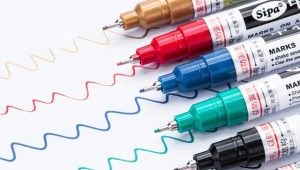Recommendations for removing clay from different surfaces

In every family where there are children, there is the problem of cleaning various surfaces from different types of pollution. Often, the main problem of parents is the consequences of their use of clay, which can be found in the most unexpected places. And it is not always clear how to remove plasticine traces from clothes, walls, cabinets and other pieces of furniture. Knowing a few tricks, you can easily and quickly get rid of sticky lumps and greasy traces of clay.
Peculiarities of pollution
Plasticine is a material that due to its compliance can take any form. For its manufacture are used: high-molecular-weight polyethylene, polyvinyl chloride and some types of rubber. All of these ingredients have the ability to leave greasy specks on various surfaces. It turns out that removing the clay itself will not be a certain amount of work, but it is difficult to eliminate fat stains.
Clay heats up easily even from a low temperature - a touch of the hand can cause the material to melt, causing it to crawl across the surface. And due to the fact that it has in its composition dyes, a greasy stain is formed with a certain shade, which makes the process of removing the trace even more difficult.
A few years ago, plasticine mass was made from clay powder, animal fats and substances that helped the material not to dry. And this, in turn, made it more stable, which made it harder to remove it. Now, any surface can be cleaned of clay so that there will be absolutely no trace.
Removal rules and precautions
Having found pieces of clay on clothing or on other surfaces, some people resort to improvised methods to eliminate them. And they do not always help to wash plasticine traces, sometimes with their help you can only exacerbate the situation:
- Do not try to scrub the lumps with a dry or damp cloth, as this will only increase the area of contamination.
- If you intend to use products that contain alcohol or any kind of detergent, you must first check their effect on a small portion of the stained material.
- In no case should you remove the plasticine lumps from the hair with your hands. This can only spread the mass over the entire length.
- And you can not wash the stain without pre-treatment, otherwise you can completely spoil the thing.
- There are several ways to remove this material from various surfaces. But they all start with the same stages.
- At the beginning of work you should remove the lumps using the stack, which comes standard in a set of clay.
- After mechanical action, the oily trace must be cleaned.
- And at the end of the work to clean the surface in any convenient way.
Textile cleaning
If the clay mass stuck to the fabric and has been on it for quite a long time, then it can be removed without much effort. To do this, you need a stack or the blunt side of the knife, which you can just pry a lump of. The razor and the sharp side of the knife for this purpose do not fit, they can spoil the product. If the mass is not dry enough, then it must be held in advance in the freezer. And if a carpet or rug is susceptible to contamination, then you can put an ice bag on it and scrape away lumps in 10-15 minutes.
You can try to remove the clay iron. In this case, you will need to take two thick white sheets of paper. One of them should be under the stain, and the other should cover the contaminated area.After that, you need to slightly heat the iron and iron the sheet several times. These manipulations allow you to glue the clay to paper. Sheets of paper change until the fabric surface is completely clean.
Very often, after cleaning textiles, grease stains remain on them, consisting of dyes and animal fats. To solve this problem, you can resort to soap, soda, alcohol, detergent, kerosene or stain remover.
If laundry soap is taken for the case, then first you need to cut a small piece from it and rub it on a grater. The resulting chips need to be dissolved in warm water to form a foam. Then they put a dirty thing into the container and additionally rub it with soap. After half an hour this thing can only be washed. The good thing is that laundry soap is universal and suitable for any fabric.
To use baking soda, you need to soak the fatty spot in advance in soapy water. Then pour soda on it, rub it and put it in for half an hour. After the time has elapsed, the stain is gently brushed and spread in the usual way. But you can not use water for this method below or above 60 degrees.and it is not possible to wash synthetic fabrics in this way.
Ammonia cope well with dirt formed on natural fabrics. To remove the fat trail need to dissolve five drops of alcohol in 100 ml of water. Then take a wadded disk, moisten and wipe the fat place before its full disappearance. After the procedure, the thing remains only to wash. If the spot is large, then the proportions of ammonia and water increase in equal progression.
If vegetable oil and detergent are used to remove oily stains from toys or clothes, you should take a rag soaked in vegetable oil. Then wipe the fat with this napkin until it disappears completely. You need to finish the procedure with detergent, which is applied to the fabric for 40-60 minutes, and then just wash it.
Kerosene is often used to remove plasticine traces. It cleans textiles well, but leaves behind a peculiar smell. Therefore, after removing the stain will have to thoroughly wash the thing.
The most effective method is to use industrial stain removers. To help them deal with the problem, you just need to follow the instructions on the package.
Cleaning various surfaces
To clean the lumps from the plastic table, plastics, wallpaper and leather items you need to resort to heating the contaminated area. For this well suited hair dryer, iron or hot water. Plasticine mass is heated to a liquid state, after which it is gently removed with a cotton pad. And in order to eliminate the greasy stain, you need to apply a detergent solution or hydrogen peroxide in combination with ammonia.
If there is a greasy trace on the light wallpaper after cleaning, then you can try to get rid of it with liquid ammonia or a specialized detergent. But do not resort to this method, if the wallpaper consists of thin paper: it will damage them.
If the plasticine mass does not stain the clothes, but the skin, then ordinary laundry soap will easily cope with this. But to clean the hair from plasticine, it is necessary to use vegetable oil. They are treated hands, and then remove the material from the hair. Complete the procedure with a thorough shampooing.
Scrubbing plasticine is quite simple; the main thing is to know the main stages of purification. It is important to take into account the composition of the stained material. After the elimination of the plasticine lumps, it remains only to wash off a fat spot, for which there are several effective methods.
How to clean the fabric from clay, see the following video.
